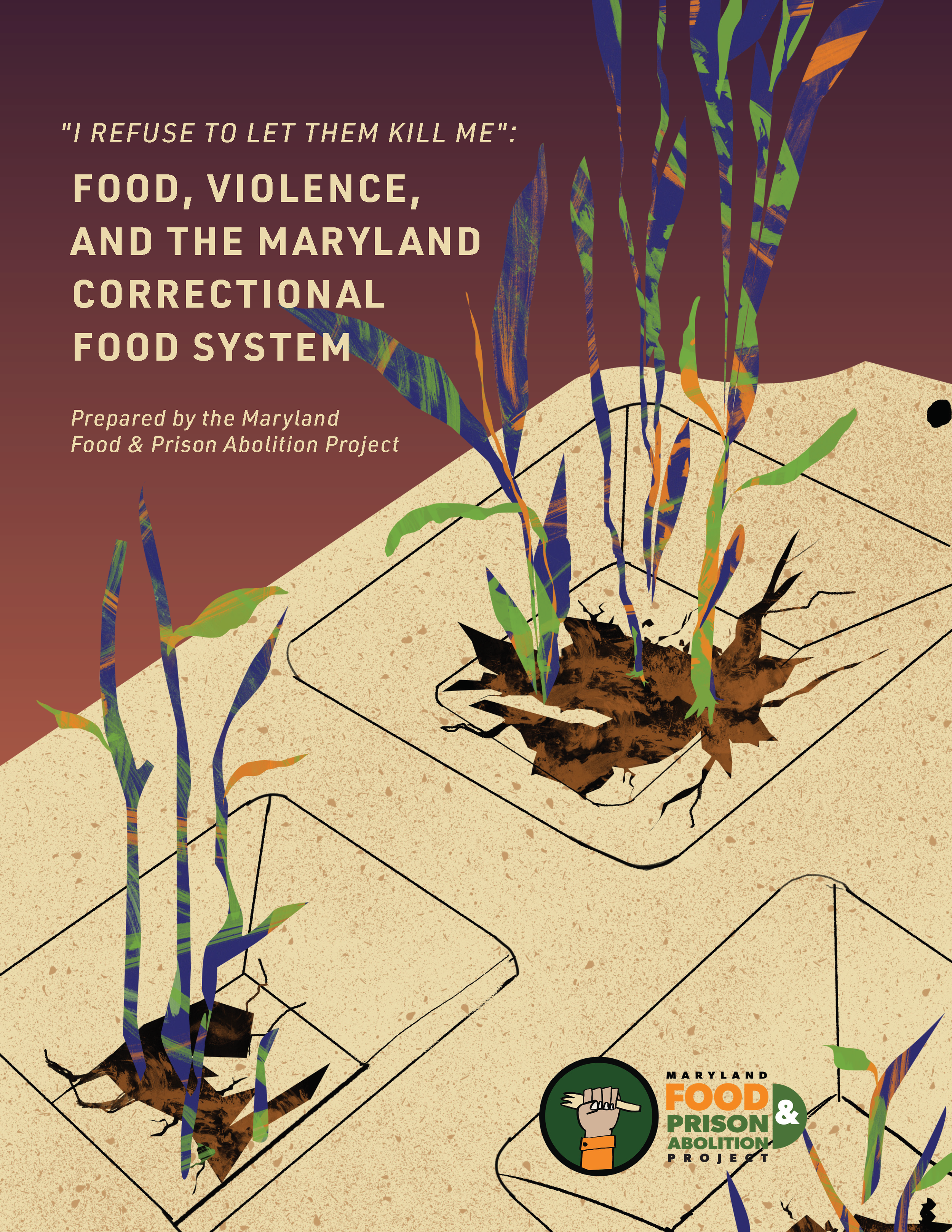founded by Kanav Kathuria, The Maryland food & Prison Abolition Project sees the improvement of food conditions in prisons As Aiding in improving the conditions For resistance. By supporting the Minds & bodies of incarcerated folks on the inside and the self-determination of Community Farms on the outside, we take steps towards an abolitionist vision.
Background
Kanav began the process of launching the pilot program by conducting interviews with six focus groups at the institution, where participants discussed their experiences with food on the inside. Following the interviews, he reached out to me to collaborate on creating design sessions that would help folks imagine, vision, and name the changes they would want to see in the kitchen. He asked if we could create a session that would invite in some creativity, and end with actual menus created by and for incarcerated individuals.
The goals of these sessions were to:
Ensure the individuals who will be eating the food are centered in the process of creating their meals
Learn exactly what foods the folks at the pilot institution wanted to see and requesting those crops from local farms
Create a basic menu to assist in setting the foundations of the pilot program.
How I show Up: Design Research, Co-Facilitation, graphic design
Design Sessions Inside
To bring some color and levity into the space, we brought post-its, pens, and markers for everyone to use and posted 3 big sheets of paper around the room. We guided participants through a series of 6 prompts, starting with the question “What are your favorite foods on the outside?”, moving to “What foods and actual crops do you want to see in the kitchen?” and naming different ways we can prepare food. We ended with everyone creating as many breakfasts, lunch, and dinner options they could think of based on the different crops and preparations named. To the left is an infographic from our proposal, showing the number of vegetables folks named and wanted to see in the kitchen.
session summaries
After our workshops with all six focus groups, I translated the responses into design summaries and created infographics with the data of the most popular crops, proteins, and ideas for change that participants named. Due to the sensitive nature of this work and the need to protect people’s identities, many parts of this project are currently not available to the public. We compiled this information into a proposal to begin the pilot program; however, the COVID-19 crisis halted our progress. We used that time to develop the report below.
The experiences of food & Eating While Incarcerated in Maryland
(Cover illustration by Tomekah George)
Based on research, interviews, and focus groups with folks both currently and formerly incarcerated, the Maryland Food & Prison Abolition Project released a visual report illustrating the conditions of food in correctional institutions across the state. With research conducted and written by Kanav Kathuria, illustrations created by Tomekah George, and the visual report designed by me, it has been an honor to work on this project. The report is being released in six parts throughout September 2021, and you can follow its release here and @foodandabolition. This page will be updated as more work is published.










